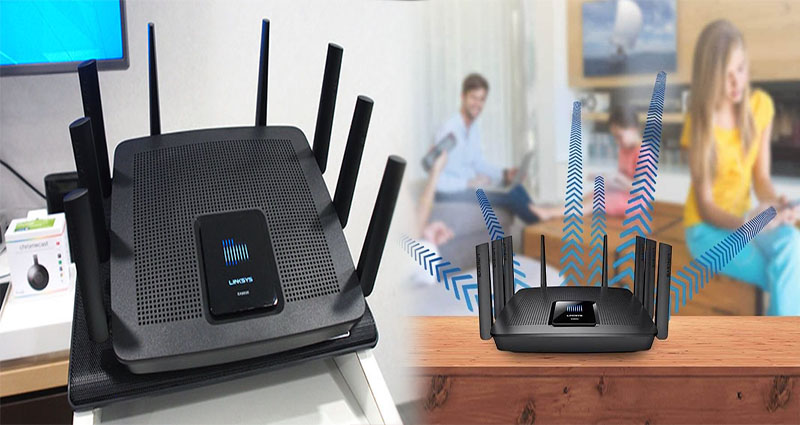Automated Data Backup and Seamless Synchronization Across Devices with Wireless NAS for Home
In today’s digital age, data is the lifeblood of our daily lives. From important documents and photos to music and videos, our digital assets hold great value. However, the risk of losing this data is a constant concern for many. Thankfully, advancements in technology have made it easier than ever to safeguard our data through automated data backup and seamless synchronization across devices. One such solution is the use of a wireless NAS (Network Attached Storage) system for home.
Understanding Automated Data Backup
Automated data backup is the process of regularly making copies of important files and storing them in a separate location. This practice protects against data loss caused by hardware failure, accidental deletion, or malware attacks. Traditionally, data backup involved manually copying files to external drives or cloud storage. However, this process can be time-consuming and prone to human error. With automated data backup, the process is streamlined … Read More














